Amazon Prime Day finds success amid tariffs, consumer concerns
Published in Business News
Amazon Prime Day sales looked bumpy at first this week, with year-over-year comparisons for the first two days down. But by Friday, early data showed solid sales for the tech giant despite economic uncertainty.
The Seattle-based e-commerce company has somewhat diluted the annual online sales bonanza. What was once a one-day event soon grew to two days. This year, Amazon stretched it over four days from Tuesday through Friday. Since 2022, the company has also duplicated the event with a Prime Big Deal Days event in October.
Amazon beat back reports on Wednesday that sales from the previous year were down. Momentum Commerce, an e-commerce consultant firm, reported that sales for the sellers it manages were down 41% from the first day of the event in 2024.
Momentum CEO John Shea told Bloomberg that a longer sales event had shoppers waiting on the sidelines during the first day before jumping on sales later in the week. Amazon said Momentum's numbers were inaccurate.
More data from Momentum shows Shea's theory on consumer sentiment may have been right. The firm reported sales during the third day were up 165% from the previous year.
Adobe Digital Insights reported better numbers for e-commerce as a whole on Tuesday. The e-commerce tracker reported that online shoppers in the U.S. spent $7.9 billion on Tuesday, up almost 10% from a similar day last year.
Numerator, a consumer analytics company, tracks Prime Day sales each year through verified buyer surveys. The amount of money an average household spent rose all week to eventually reach $156.37 after Thursday, up from $152.33 in 2024. Most households made multiple orders, with the average order price of $53.34, down from $57.97 the year before.
Prime Day this year was the first since President Donald Trump implemented sweeping tariffs that severely affected countries like China, where many of the sellers who make up Amazon's online marketplace are based.
During an earnings call in early May, Amazon CEO Andy Jassy addressed tariffs and said the company hadn't seen the average selling price of retail items rise yet. That was almost a month after Trump's Liberation Day" announcement.
Jassy chalked some of that up to the company stocking up on items before the tariffs went into effect and some of it to the fact that sellers hadn't hiked prices yet.
The company was also optimistic that tariffs wouldn't affect sales too much since Amazon's marketplace is increasingly popular for everyday and essential items. Jassy made the argument that Amazon would be able to keep costs lower on those retail items than its competitors.
"When you have the broadest selection like we do and 2 million plus global sellers like we do, you're better positioned to help customers find whatever items matter to them at lower price points than elsewhere, he said.
Numerator's data from this week shows Amazon's steady growth in categories like household essentials, beauty and cosmetic products, pet products, and groceries. Outside of apparel and shoes, those were some of the most popular categories during Prime Day.
As of Thursday, Premier Protein Shakes were the highest-selling items, followed by Dawn Platinum Powerwash and Liquid I.V. packets, according to Numerator.
Amazon also faces competition each year from Target and Walmart, which schedule similar sales events around the same time. Target's ran from July 6 through Saturday while Walmart's runs from Tuesday through Sunday.
Almost 50% of buyers surveyed by Numerator planned to shop Walmart's deals while 35% planned for Target's sales event.
Before the week of deals from e-commerce companies, Adobe predicted a record $23.8 billion in online spending from July 8 through 11, with discounts expected to stay at historically high levels.
Amazon reported last year that Prime Day brought in record sales of $14.2 billion over two days.
©2025 The Seattle Times. Visit seattletimes.com. Distributed by Tribune Content Agency, LLC.
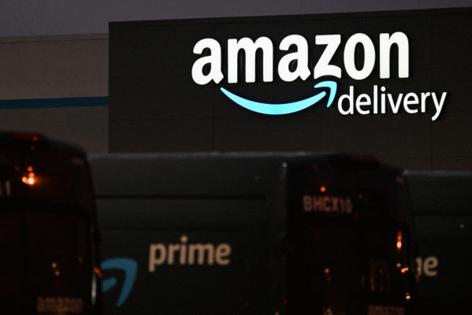


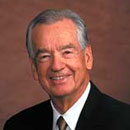

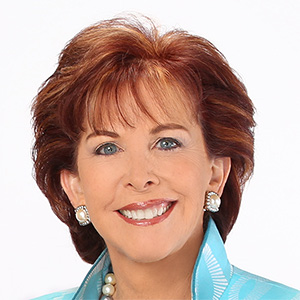

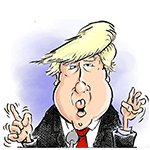
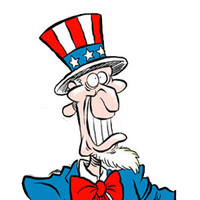



Comments